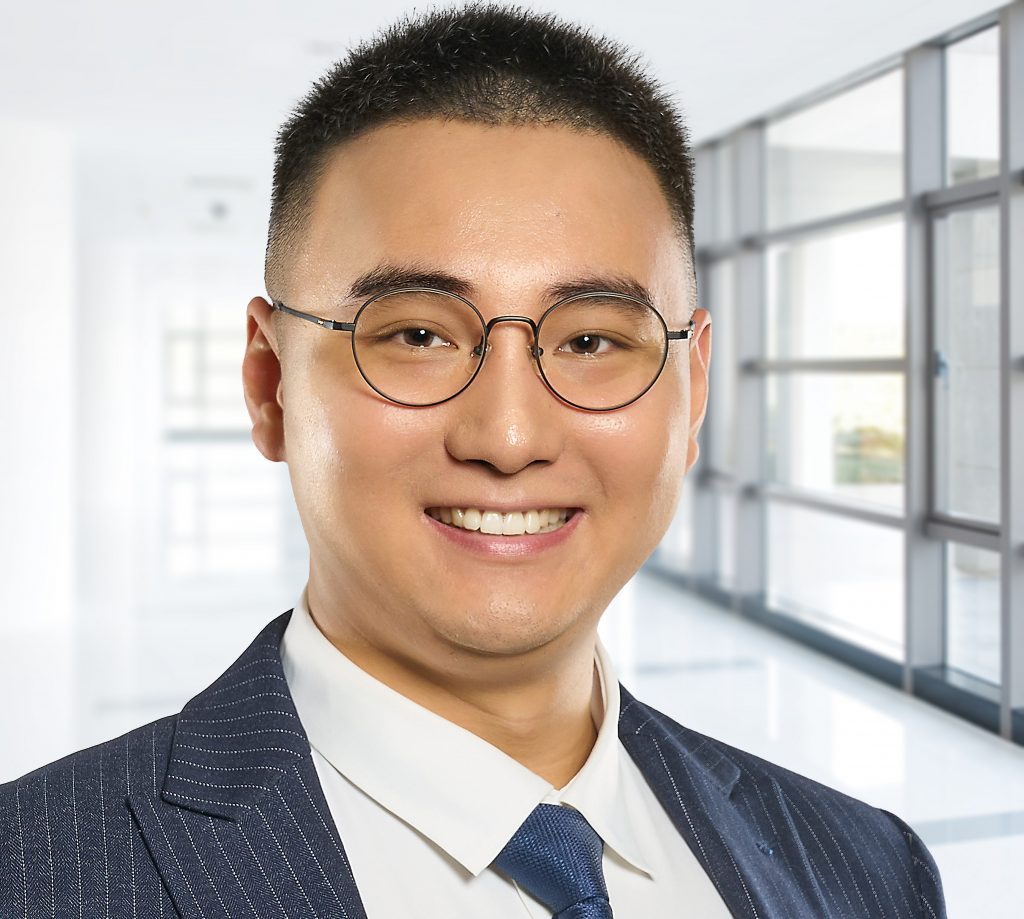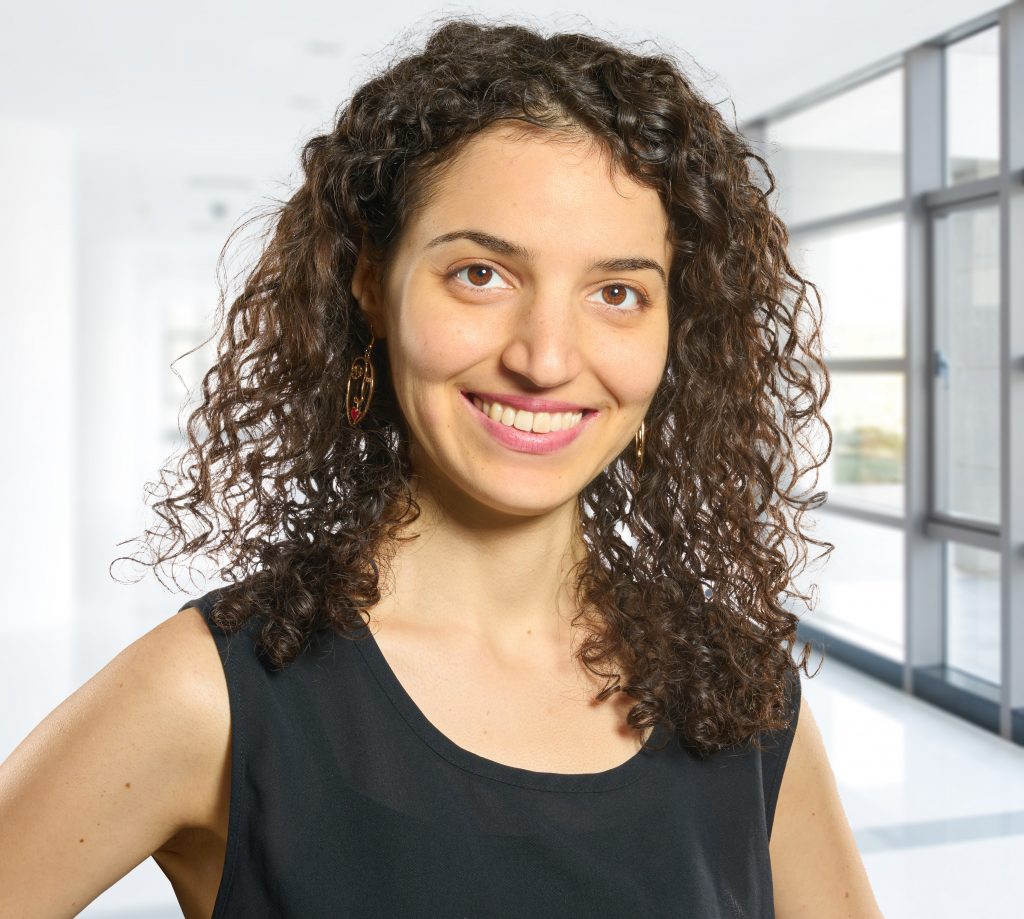Best practice paper on electrochemical desalination published in Cell Press Physical Science! In this paper, we shed light on technical how-to (and how-not-to) aspects of the promising future of ion-selective, energy-efficient water desalination through electrochemical methods. Including, but not limited to, capacitive deionization. We dive deep into the performance metrics commonly used for this approach and provide a comprehensive step-by-step guide on how to effectively acquire, process, and calculate raw desalination data.
We demonstrate the calculation of key performance indices (KPI), such as desalination capacity, charge efficiency, energy consumption, and ion selectivity metrics
We highlight potential pitfalls in performance metric calculations and how to avoid them
We explore the intricate relationships between pH, temperature, and conductivity, and their impact on final concentrations
We also provide a handy checklist and spreadsheet tools to streamline data processing, system design, and upscaling
This paper has been in the making for a long time. Thanks to present-day group members Mohammad Torkamanzadeh, Cansu Kök, Peter Burger, Panyu Ren, and our alumni/a Zhang Yuan, juhan lee, and 김춘수kim choonsoo.
New paper published in Journal of Molecular Liquids on binary ionic liquid supercapacitors. There is much to learn from simulation when it comes to understanding nanoscaled ion electrosorption of ions within carbon nanopores. Especially when it comes to the behavior of ionic-liquid-based supercapacitors which promise an extended potential window, and consequently, enhanced energy ratings. Ionic liquids, in absence of a solvent, and with enhanced ion-ion interactions, present an intriguing model system to study size effects in more complex electrolytes with more than just one cation. Our findings, combining simulation and experimental data, reveal the enhanced capacitance of single nanopores and nanoporous electrodes using binary electrolytes. 🔬⚡
I’d like to extend my heartfelt gratitude to our research partners (Taras Verkholyak, Dariusz Gołowicz, Andrij Kuzmak, Svyatoslav Kondrat) and my team (Anna Seltmann, Emmanuel Pameté)! And I am proud to share that this is a collaborative Polish 🔴⚪ German ⚫🔴🟡 Ukrainian paper 🔵🟡.
Welcome new Postdoc Mingren Liu! He will be working on nanoporous materials and advanced supercapacitors. Welcome to the team!

Welcome to our new Ph.D. student Chiraz Layouni! She will be working on electrospinning of next-generation electrode materials.

